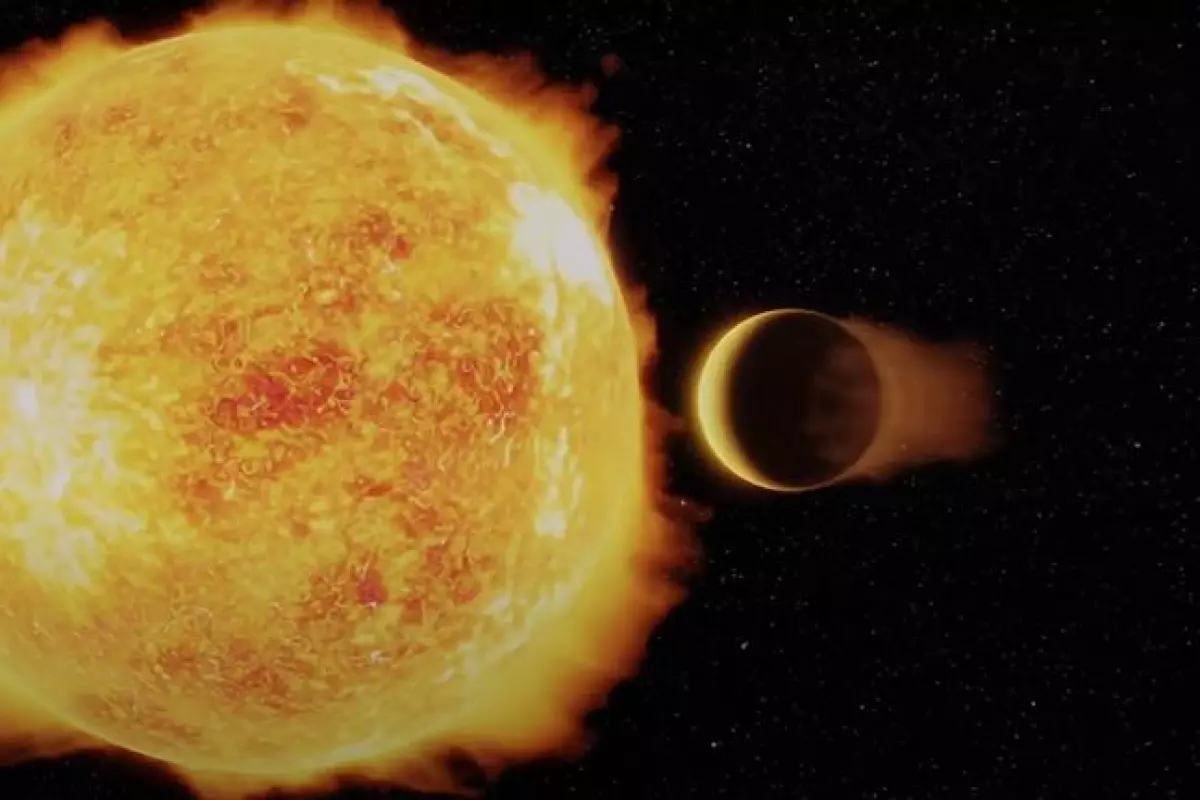Astronomers have discovered a new exoplanet that belongs in a brand new class – an “ultrahot Neptune.” Known as LTT 9779b, the planet orbits extremely close to its star, and raises questions about how such a system came to be.
The planet was discovered by an international team including astronomers from Cambridge University, using the Transiting Exoplanet Survey Satellite (TESS).
LTT 9779b is relatively nearby at 260 light-years away, and it’s so close to its star that its year is less than an Earth day – it zips around once every 19 hours – and intense radiation is searing the planet to temperatures over 1,700 °C (3,092 °F), earning it the “ultrahot” title.
The Neptune reference, meanwhile, comes from the closest analogy we have in our own solar system. LTT 9779b is a little larger than our local ice giant, but has far more mass. The team calculated that its core is about 28 Earth masses, plus it has an atmosphere that makes up around nine percent of its mass.
And that’s where the puzzle begins. Since the system is about two billion years old, the planet shouldn’t have been able to hold onto its atmosphere for that long. The powerful radiation that close to the star should have stripped it away long ago.
It’s why there are very few Neptune-sized planets found this close to stars – the size is only a temporary stage, between huge gas giants that are beginning to lose their atmosphere, and mini-Neptunes that have been stripped down to the core. Only a few have been discovered in this stage of the process, and are seen to be quickly evaporating.
The researchers say that the most likely explanation for how LTT 9779b came to be in its current configuration is that it was once a gas giant, but the star’s gravity slurped away most of its outer layers. But there are other options too.
“It could also be that LTT 9779b arrived at its current orbit quite late in the day, and so hasn’t had time to be stripped of the atmosphere,” says James Jenkins, lead researcher on the study. “Collisions with other planets in the system could have thrown it inwards towards the star. Indeed, since it is such a unique and rare world, more exotic scenarios may be plausible.”
The researchers say that because the system is close by, it’s fairly easy to conduct follow-up studies to help answer these questions.
The research was published in the journal Nature Astronomy.
Source: Cambridge University




